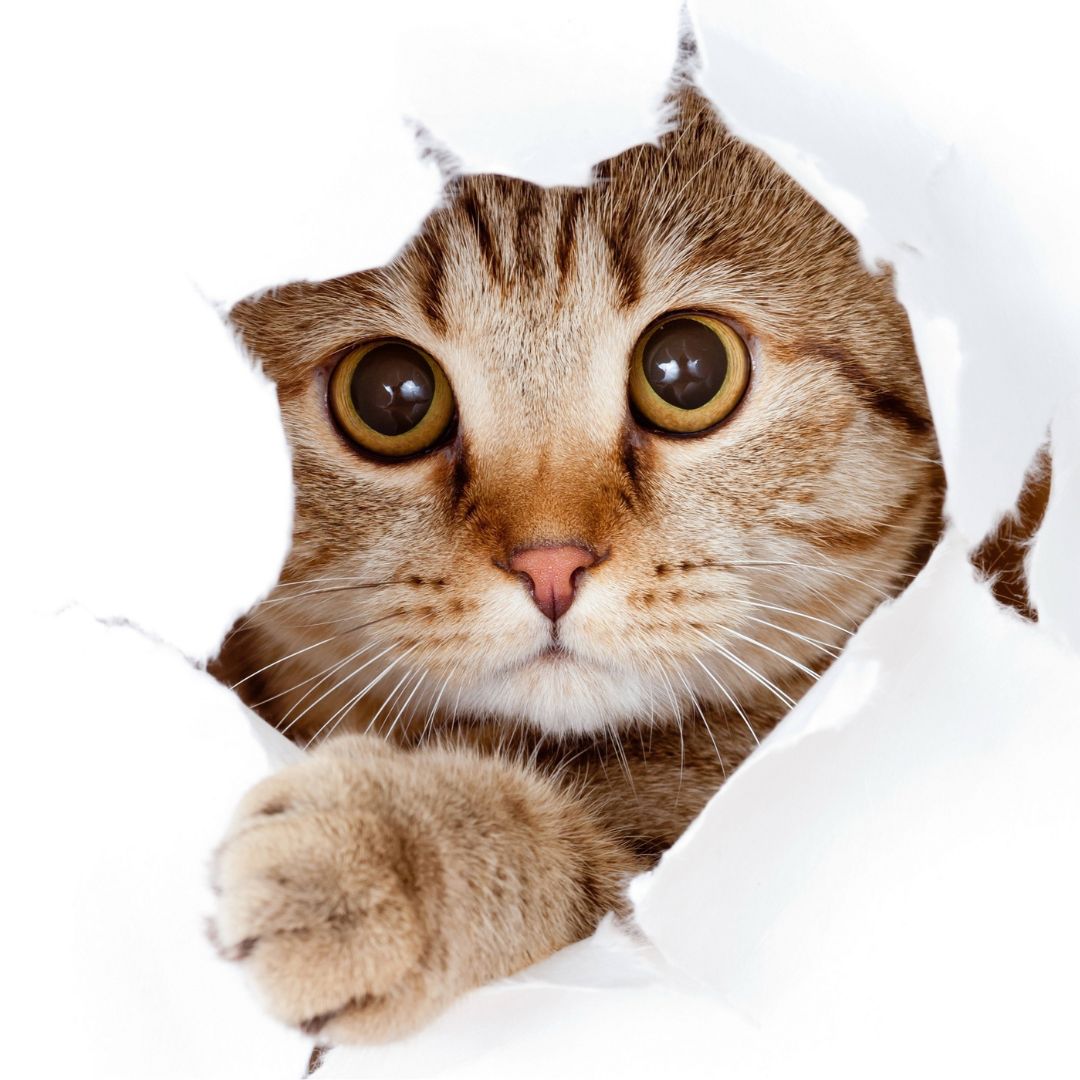
Inside The Mind Of A Cat - What Do Cats Think About All Day
Share
People who live with cats often ponder why their feline friends find staring at traffic or watching fish so captivating. While we continue to grapple with unraveling the intricacies of the human mind, perhaps one day we'll comprehend fully the unique perspectives through which cats perceive and engage with the world. For now, our understanding of feline cognition remains limited, and we can only infer their thoughts and perceptions through careful observation of their behaviors and communication cues.
HOW DO CATS THINK
Cats think differently from us when it comes to emotions, like loyalty. While we associate loyalty more with dogs, cats also have their own version of it. They prefer staying close to their home and people, finding comfort and security there. This loyalty means they may not enjoy traveling or car rides; they prefer familiar surroundings. However, this loyalty can be mistaken for a lack of attachment. When cats seem upset or assertive, it's often because they want a say in matters concerning their well-being. They don't hold grudges like humans might, nor do they seek revenge for perceived wrongs. When punished, they may shy away or cower, but this isn't guilt—it's a reaction to our anger. Cats simply live in the moment, not burdened by guilt or holding onto past grievances.
Cats, unlike dogs, have a flexible hierarchy within their social structure. They may alternate in owning various resources within their environment. However, when resources become scarce, they can exhibit signs of jealousy. Therefore, in households with multiple cats, it's crucial to ensure that each cat has access to its own resources. Additionally, considering how cats perceive time spent with them as a valuable resource is important.
Now, regarding the emotions of happiness and sadness, cats experience joy when they are in a calm environment, mentally stimulated, well-fed, engaged in play, groomed, and given adequate attention. Conversely, when cats are bored, stressed, hungry, dirty, or lack attention, they display signs of sadness, which we often interpret as anxiety or depression.
WHAT DO CATS THINK ABOUT
Cats possess remarkable intelligence, showcasing cognitive abilities that parallel those of humans in certain aspects. One fascinating discovery by scientists is the concept of 'object permanence'. Similar to humans, cats understand that objects continue to exist even when they are out of sight. For instance, if a cat witnesses you hiding food in a closet, they will return to the same spot in the closet to retrieve the food later. This demonstrates their ability to maintain the location of an object in their memory.
Furthermore, cats rely on their senses of sight, smell, hearing, touch, and taste to perceive and respond to stimuli in their environment. Scientists are investigating whether cats comprehend the relationships between different objects in the world. For instance, would a cat pull on a string regardless of whether food is attached to it? However, this area of study is still subject to scrutiny due to its reliance on variables that may be inconsistent or unreliable.
Cats may indeed think about us, especially if you find them eagerly greeting you at the door when you return home. This behavior suggests that you were likely on their mind while you were away. Some experts in cat behavior suggest that domestic cats perceive their owners as parental figures, akin to how kittens view their mothers. This perception may explain why cats seek out their owners when they want to share something interesting or seek assistance, similar to how children turn to their parents for guidance and support. So, when your cat comes running to you with a discovery or a need for attention, it's a sign that you're always on their mind for help, warmth, love, and companionship.
Cat Blogs: Cat Behavior | Cat Food | Cat Health & Care | Cat Training | Cat Breeds | Cat Lifestyle | Cat People
Visit our blogs page for more fun cat topics and cat products visit www.catcurio.com
Follow CatCurio: Instagram I Facebook I Twitter I YouTube I Tumblr I Pinterest
